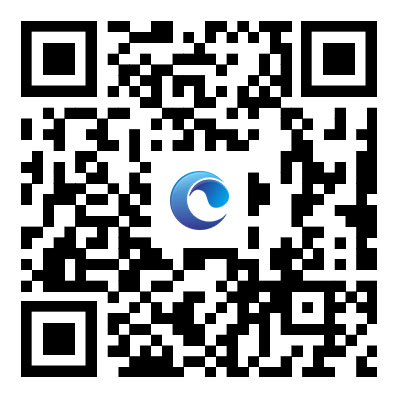Anchoring Sustainability: The Crucial Role of Roof Hooks in Ensuring Stability and Safety of Solar Panel Installations
2023-11-24
Introduction:
As solar energy takes center stage in the pursuit of sustainable power solutions, the structural integrity and safety of solar panel installations become paramount. Among the key components that contribute to the reliability of these systems are roof hooks. In this blog post, we will explore how roof hooks play a pivotal role in ensuring the stability and safety of solar panel installations.
1. Secure Attachment to the Roof:
The primary function of roof hooks is to establish a secure attachment point between the solar panel racking system and the roof structure. This connection is foundational for the entire solar panel installation, providing stability against external forces such as wind, snow, and other environmental factors.
2. Load Distribution Across the Roof Structure:
Solar panels can exert a considerable load on the roof, and uneven distribution may lead to localized stress points. Roof hooks are engineered to distribute the weight of the solar panels evenly across the roof structure, preventing excessive strain on specific areas and ensuring a balanced load distribution.
3. Adaptability to Different Roof Types:
One of the remarkable features of roof hooks is their adaptability to various roof types. Whether the roof is covered with asphalt shingles, tiles, metal sheets, or is flat, roof hooks are designed to provide a secure anchor that is compatible with different roofing materials and structures.
4. Weather Resistance for Long-Term Durability:
Roof hooks are exposed to the elements year-round, making weather resistance a critical attribute. These components are crafted from materials that can withstand the challenges posed by diverse weather conditions, including rain, snow, UV rays, and temperature fluctuations. This ensures the long-term durability of the solar panel installation.
5. Structural Integrity and Rigorous Testing:
Maintaining the structural integrity of both the roof and the solar panel system is paramount. Roof hooks undergo rigorous testing to meet industry standards for load-bearing capacity and safety. This testing ensures that the hooks can withstand the dynamic forces exerted on them and maintain their stability over time.
6. Safety Features to Prevent Roof Damage:
Roof hooks incorporate safety features to prevent damage to the roof structure. These features may include protective coatings, rubberized elements, or design elements that minimize the risk of abrasion and potential harm to the roofing material during installation, adjustment, or throughout the lifespan of the solar panel system.
7. Anchoring System for Wind Resistance:
In regions prone to strong winds, the anchoring system provided by roof hooks is crucial. By securely fastening the solar panels to the roof, these hooks contribute to the wind resistance of the installation, preventing uplift and ensuring the panels remain firmly in place during gusty conditions.
8. Facilitating Optimal Tilt and Orientation:
Roof hooks often allow for flexibility in adjusting the tilt and orientation of the solar panels. This adaptability ensures that the panels can be positioned at the optimal angle to capture sunlight throughout the day, enhancing energy production efficiency.
Conclusion:
In conclusion, roof hooks are unsung heroes in the realm of solar panel installations, anchoring sustainability to the roofs of homes and businesses. Their contribution to stability, safety, and long-term durability is instrumental in ensuring that solar panels can harness sunlight efficiently while standing resilient against the forces of nature. As solar technology continues to advance, the evolution of roof hooks will likely remain integral to the widespread adoption of solar energy solutions in our quest for a cleaner and greener future.



